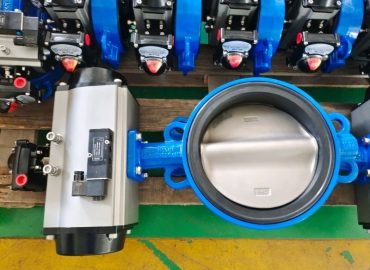Butterfly valves are an essential component in any system, as they are used to efficiently and precisely regulate the flow of fluids and gases. However, with so many different types of actuators available for butterfly valves, it can be difficult to choose the right one for your needs. In this comprehensive guide, we will explore the various types of actuators available for butterfly valves, explain their differences and provide tips on how to make an informed decision when choosing a high performance butterfly valve.
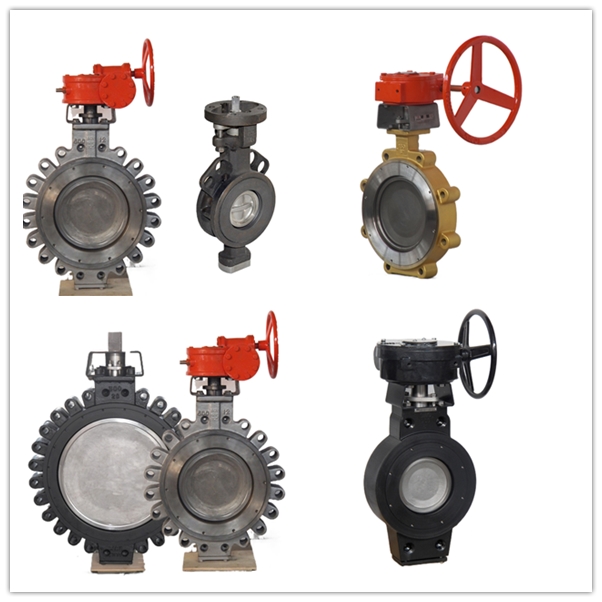
Introduction
Choosing the right high performance butterfly valve can be a challenging task, as it requires careful consideration of many factors. The most critical aspect is selecting the right actuator, as this will determine the efficiency and accuracy with which your system operates. Electric actuators are widely used for butterfly valves due to their reliability and low maintenance requirements. However, pneumatic actuators may also be an option depending on your desired operating pressure and specific application needs. Additionally, considering factors such as material used, operating pressure capacity and valve size are important for choosing the right valve for your system. High performance butterfly valves offer numerous advantages in terms of precision control, longer service life, improved safety standards and cost efficiency when compared to traditional options. Ultimately, understanding all these factors will enable you to make an informed decision when selecting the best high performance butterfly valve for your needs.
Overview of butterfly valves and their importance
Butterfly valves are widely used in industrial settings, offering precision control of flow. These valves are designed with a flat disc and raised seat that creates a seal when the valve is closed, allowing for accurate regulation and movement of gases and liquids. Butterfly valves offer many advantages over traditional poppet-type gate valves, including improved safety standards, cost efficiency, low weight and long-term durability. Furthermore, butterfly valves are widely respected for their performance capabilities due to their relatively easy installation process and maintenance requirements. As butterfly valves become increasingly popular in various applications such as water supply systems, oil refineries and chemical processing facilities, it is important to understand them in order to select the best option for your system’s needs.
Types of Actuators
Actuators are the driving force behind automation systems, providing the necessary power to move and control various machine components. There are several different types of actuators available, each with its own unique characteristics and properties. Pneumatic actuators are powered by compressed air or vacuum pressure, while electric actuators provide power through electricity sourced from an external power source. Hydraulic actuators rely on a pressurized liquid reservoir that is connected to a piston or another type of cylinder to produce motion. These three types of actuators can be used in both linear and rotary applications. Additionally, smart actuators feature digital sensors such as contactless position sensors that monitor their performance in real time, offering much higher precision over traditional models.
Electric actuators
Electric actuators are a popular choice for industrial automation systems due to their high precision and reliability. These actuators generally consist of an electric motor combined with a gearbox, encoder, brake and other components to provide accurate linear or rotary motion. Electric actuators are powered by either direct current (DC) or alternating current (AC) voltage, which allows users to quickly adjust the speed of movement in order to meet operational requirements. These devices also feature low noise levels while operating, making them suitable for applications where noise pollution must be kept at a minimum. Furthermore, electric actuators can be equipped with safety features such as limit switches and overload protection mechanisms that help protect both personnel and equipment.
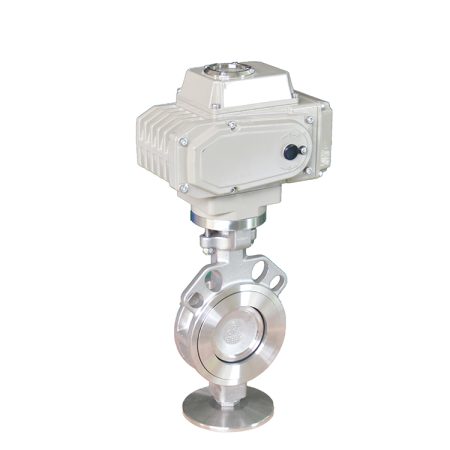
Pneumatic actuators
Pneumatic actuator butterfly valve are powered by pressurized air or a vacuum, making them an ideal choice for many industrial applications where power requirements can fluctuate. These actuators consist of a cylinder connected to a piston or other moving element, with pressurized air applied to one side of the cylinder in order to create motion. Pneumatic actuators are generally safe and easy to use, and do not require any external power source since they use compressed air as their fuel. They also feature high levels of durability, making them suitable for long-term industrial applications. Additionally, pneumatic actuators often have robust design features such as seals, valves and filters that enable operation in extreme temperature environments while keeping performance consistent.
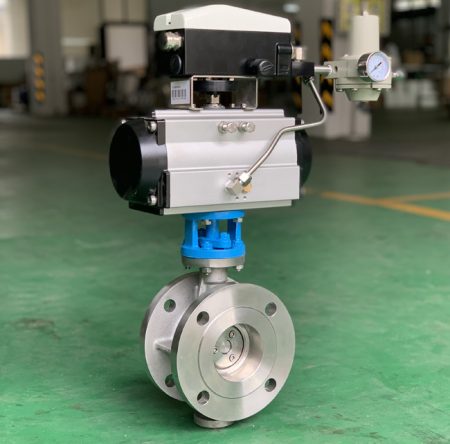
Factors to Consider When Choosing an Actuator for High Performance Butterfly Valves
When choosing an actuator for high performance valve, it is important to consider a few key factors, such as the type of application and installation environment. For example, some applications may require a linear or rotary motion for precise control, while others may require a quick-response or high-torque setup. Depending on the nature of the application, different types of actuators may be more suitable than others. Furthermore, it is important to consider the environmental conditions in which the actuator will need to operate, as well as its compatibility with other systems in order to maximize efficiency and safety. Additionally, users should verify that their chosen actuator is capable of withstanding continuous use over long periods of time in order to avoid costly maintenance and repair work. Finally, users should pay special attention to any certifications required by their application and make sure they choose an appropriate product that meets all safety standards and regulations before making any purchase decisions.
Operating Pressure
Operating pressure is a key factor to consider when selecting an actuator for high performance butterfly valves. This is because the required operating pressure must be sufficient to move the valve at the desired speed and torque levels. Additionally, it is important to consider any additional loads that may be applied, such as those caused by vibration or shock. The operating pressure should also not exceed any of the rated values for the actuator in order to prevent damage, malfunctioning or even failure of the system over time. In order to ensure optimal performance, users should also take into account any additional safety factors that need to be considered such as cushioning and backlash compensations for smoother operation.
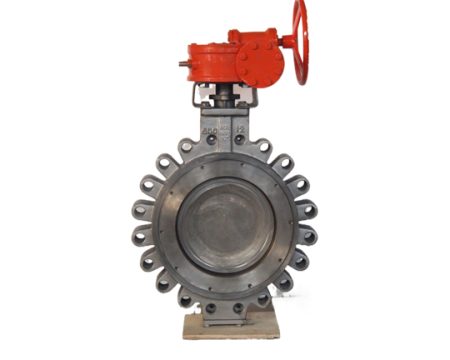
Materials Used
Another factor to consider when choosing an actuator for high performance butterfly valves is the materials used in its construction. Generally, actuators are made from metals such as aluminum, steel and brass, or plastics, like polypropylene and PTFE. Different materials may be required depending on the specific application requirements, such as corrosion resistance or high temperature limit, so it is important to pay attention to these factors during the selection process in order to ensure that the right material is chosen. Additionally, it is important to ensure that any selected materials meet all relevant regulatory requirements for the intended application.
Valve Size
When selecting an actuator for high performance butterfly valves, it is important to consider the size of the valve. Generally, the larger the valve size, the more torque that is needed to actuate it. In order to ensure accuracy and repeatability in operation, the torque output from the actuator should exceed that required by the valve by a factor of two or more. Additionally, when considering valve size, it is important to match up all other components such as seats and seals with the same nominal dimensions in order to ensure they are compatible and will work together efficiently.
Advantages of High Performance Butterfly Valves
High performance butterfly valves are widely used in many industrial applications due to their robust design and excellent control characteristics. Compared to other types of valves, butterfly valves offer a number of benefits such as fast open/close times and relatively low pressure drop. They are often used in applications where a wide range of flow rates and pressure levels must be monitored and controlled. Additionally, they are extremely reliable, with maintenance requirements typically much lower than those required for other types of valves. A further advantage is their compact size – this allows them to be installed even in tight spaces without compromising on performance. Their capacity to shut off or partially throttle fluid flow also makes them ideal for applications where fine-tuning or precision is essential.
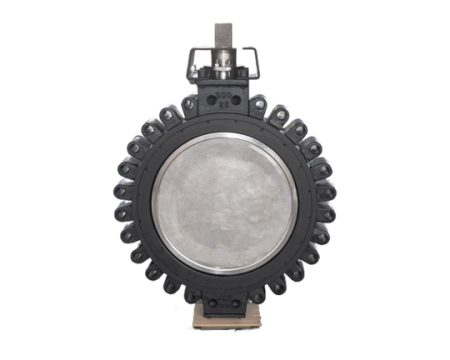
Conclusion
Choosing the right high performance butterfly valve for your application can be a challenging task. With the various valve design characteristics to consider and the wide range of pressure, temperature, flow rate and material requirements to match, there is no one-size-fits-all solution. However, by taking into account key factors such as the application’s specific needs and preferences, it is possible to find a reliable and effective valve that fits well within your budget. This article hopefully provides you with a comprehensive guide to doing just that.


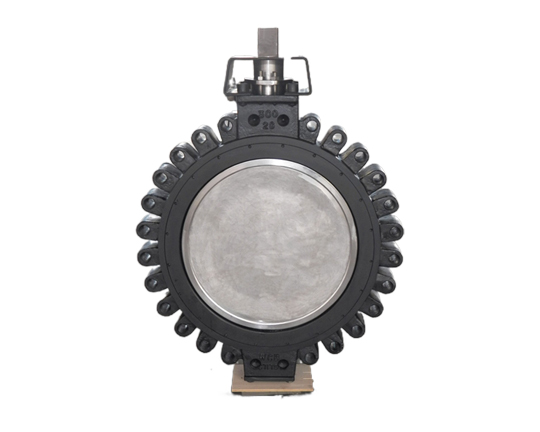
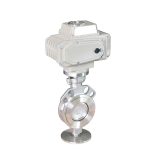
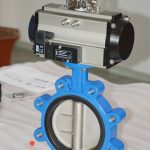
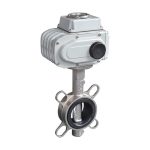
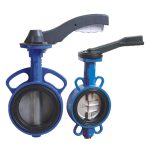
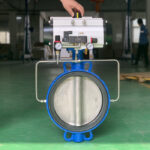
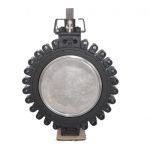
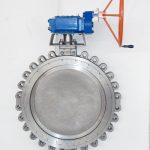
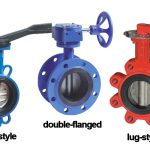
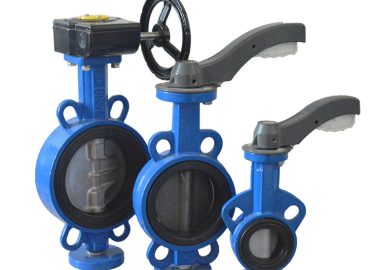
-370x270.jpg)
